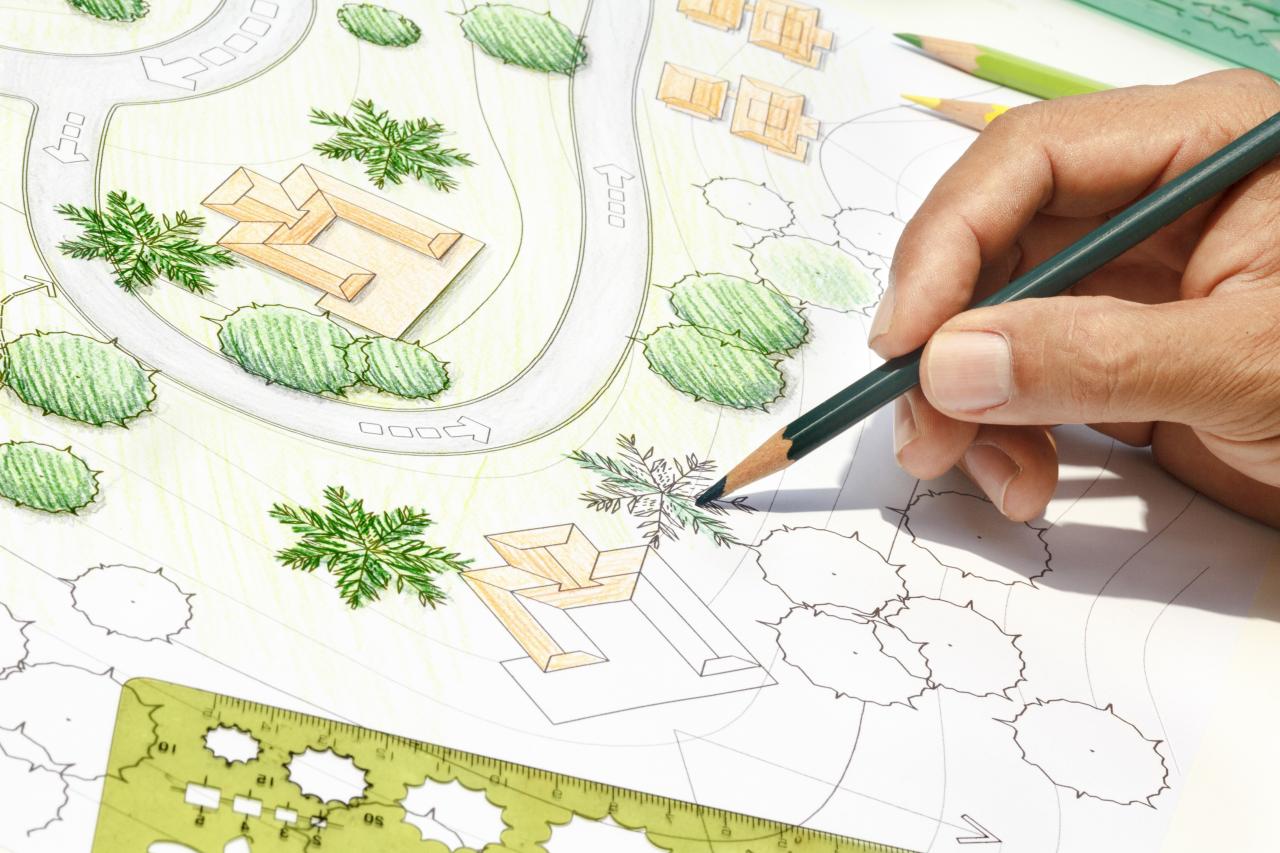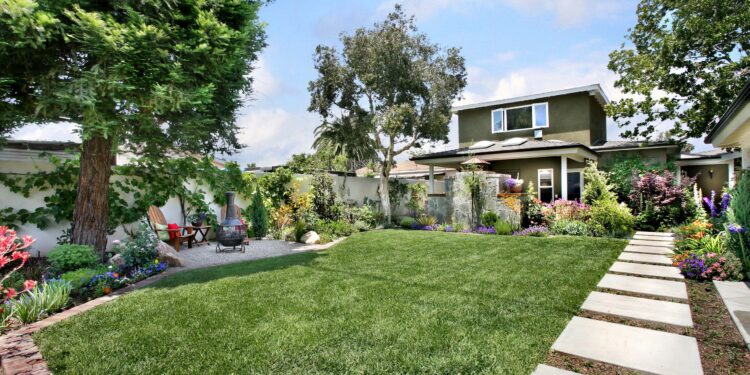Are you dreaming of a beautifully landscaped garden?
Creating an outdoor space that’s full of lush, healthy grass, a perfect space to entertain guests, and plenty of beautiful features might sound lovely, but it takes a lot of planning! There’s a reason why people spend so much money on professional landscapers.
But you don’t always need an expert to make a garden. With the right knowledge, some quality tools, and a green thumb, you can create an outdoor haven of your own!
Start learning how to design landscape gardens with these top tips.
Look For Inspiration
If you’re not an expert landscaper, you’re going to need to look for some landscape design ideas before you begin. There are plenty of different features you can include in an outdoor space and a whole range of different styles. Just like interiors, you can base your garden on a variety of aesthetics!
Try and stock up on some garden design magazines and create a Pinterest for inspiration. From layouts to individual features, you can find plenty out there to help your creativity to start flowing!
This is also a great time to learn more about landscaping. You might not have too much knowledge and have to look into things such as what is a landscape designer and the techniques involved to change outdoor spaces.
Start Setting Landscaping Goals
When it comes to landscape design tips, you should never skip setting out your goals. Make a list of the priorities you have for your new space, which may include ideas like:
- Creating an outdoor eating space
- Adding higher fencing for greater privacy
- Starting a vegetable patch
- Making it easier to access different areas of your garden
These are going to make the foundation of your plans going onwards. If you can start to add more details about these ideas then go for it! For example, you might already have an idea of the height you want your fencing or the material you’d like for your new pathways. The more details you can include now, the better.
Evaluate Your Landscape
Some of your plans may be restricted by your existing landscape. For example, if your neighbours have a few large trees near your border, it could prevent you from creating a high fence. Once you’ve spotted these problems you can see if you can fix them or look at alternative options.
There may also be issues that you spot that you’ll have to address in your plans. For example, a sloped garden might need levelling out or areas with drainage problems will have to be fixed.
Finalise Your Main Features
When you know what you want, you can start to finalize details about your features. Here are some main aspects to consider:
- Steps – brick, timber, concrete, or stone
- Walls – stones, wooden, bushes
- Paths – brick, loose stones, flagstone, cement
- Structures – pergolas, arbors, fences, gates, screened seating, decking
- Other features – ponds, water fountains, planters, outdoor lighting, raised beds, compost areas
If you’re stuck choosing any features, remember to go back to your inspiration sources to get clearer ideas of what you like.
Create a Base Map
Your base map will be the initial sketches of your garden that you can start working on. This is the time when you’ll start to think about different options for layouts and how to practically create your new space.

Try and draw your sketches to scale so that you can better understand the sizes of the features that will fit, where items will go, and how much work is likely to be involved. If you received a plot plan or survey when you bought your home, this could help you draw out the dimensions of your current space. If you don’t have a plot plan, you may be able to gain on from your local council.
Sketch in everything in your current that you don’t want to change, like shrubbery and walkways. It’s also wise to note the location of your doors and windows, as well as any utilities or important lines running beneath the ground.
Once you’ve created your base map, make copies of it if it’s digital. Or, place tracing paper over your map that you can draw on.
Start Adding Bubbles to Your Plan
Over the original base map, start adding bubbles of how you want to change your landscape. These bubbles don’t have to be round but should instead follow the area you’d like to change instead. Label each bubble with details of what you’d like to do in this area.
By creating these maps, you’ll also be able to spot ideas that just won’t work in practice, which could save you a lot of money down the line. Try playing around with different ideas, brainstorming all of the ways you could design your space. This is the time for getting creative and trying different concepts, so don’t be scared to be out there with your ideas!
Finalise Your Design Concept
Once you’re happy with the ideas you have, it’s time to finalise your design concept. Draw up a clean, final drawing with a realistic interpretation of what you want your space to look at.
You can refer to this final design to work out your landscape design cost. You can also bring it to a landscape design company when you’re ready to start putting your plans into motion. They should be able to get a clear idea of what you’re looking to achieve and whether or not they can help.
Gain Help Learning How to Design Landscape Gardens
Learning how to design landscape gardens isn’t easy, but it can be very fun if you’re creative and have a passion for the great outdoors! Why not give it a go using these tips and see what you can do with your space?
If you enjoyed this article, be sure to check out more home improvement tips on our website.






